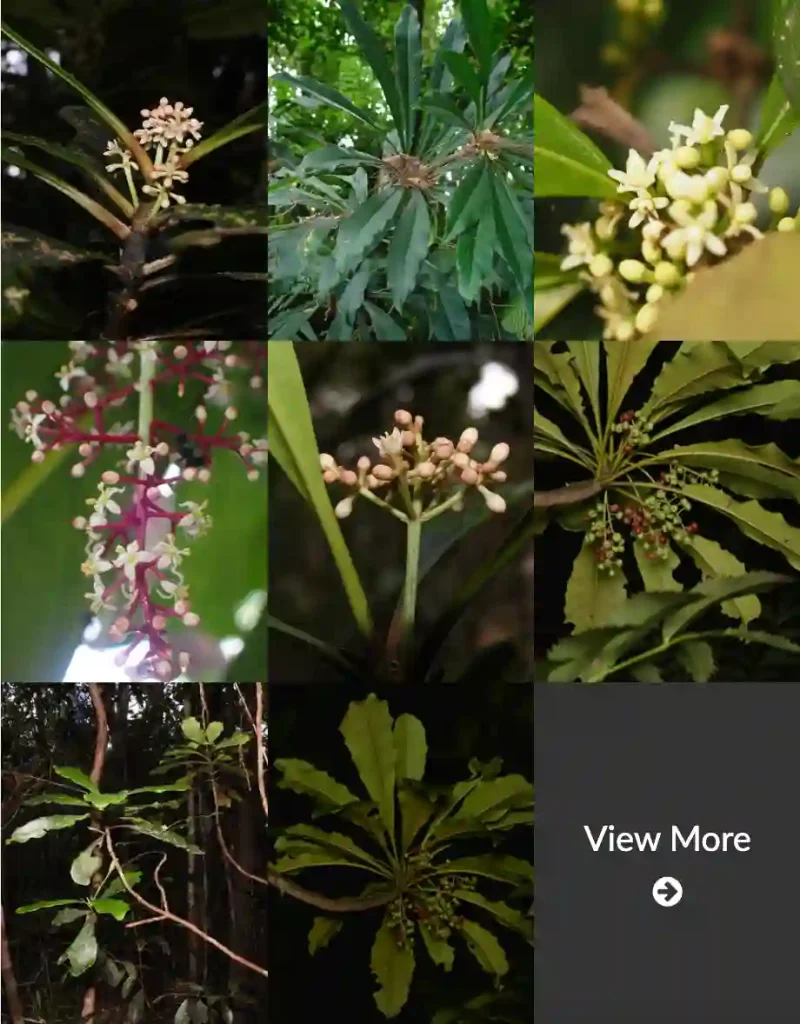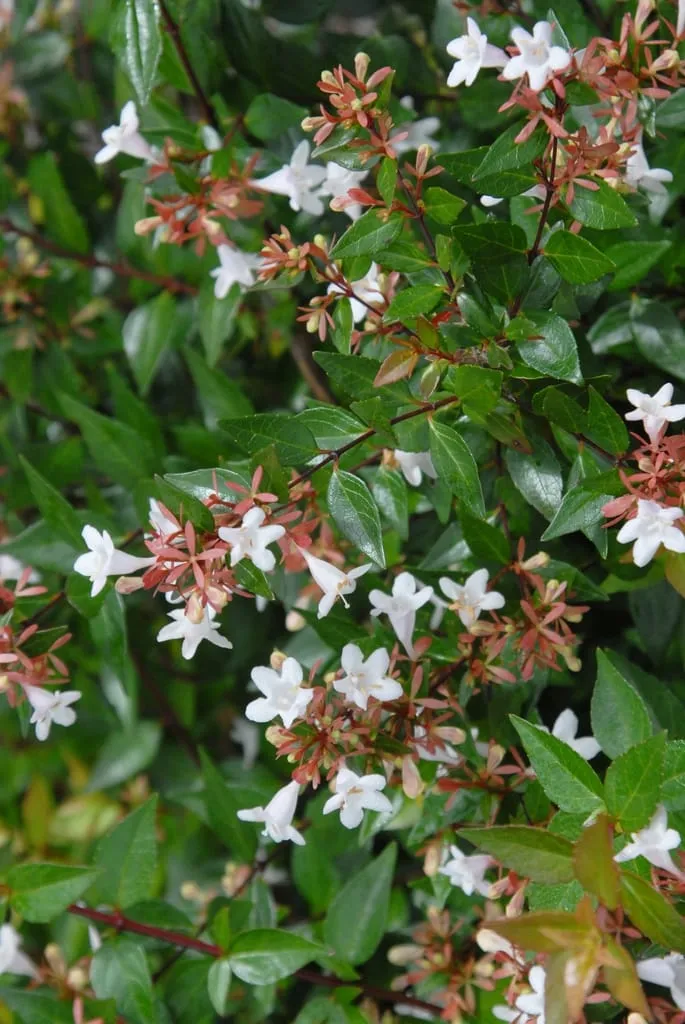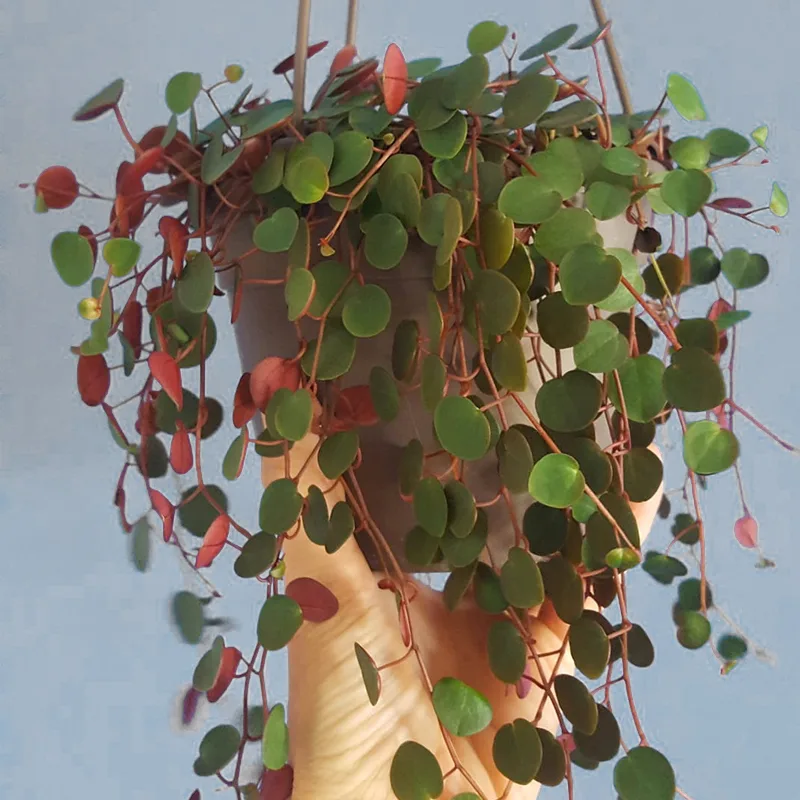My Fascination with the Oleaceae Family
As a passionate botanist, I, Ferb Vu, find myself endlessly captivated by the diverse and fascinating world of plants. Among the numerous plant families that have piqued my interest, the Oleaceae family holds a special place in my heart. With its remarkable range of genera and species, this family offers a wealth of botanical wonders to explore.
An Overview of the Oleaceae Family
The Oleaceae family, commonly referred to as the olive family, is a group of flowering plants that encompasses a wide array of trees, shrubs, and lianas. Characterized by their opposite leaves, typically simple or pinnately compound, and their four-lobed flowers, members of the Oleaceae family are found in various habitats across the globe, from temperate regions to tropical zones.
A Diverse Range of Genera
One of the most captivating aspects of the Oleaceae family is its impressive diversity of genera. Within this family, we find a multitude of well-known and lesser-known genera, each with its unique characteristics and ecological significance.
- Olea: Perhaps the most iconic genus within the Oleaceae family, Olea is renowned for its olive trees, which have been cultivated for centuries for their fruit and oil. – 12 Species in Genus Olea
- Fraxinus: This genus comprises the ash trees, valued for their timber and ecological role in providing habitat for various organisms. – 63 Species in Genus Fraxinus – Ash Tree
- Syringa: The lilacs, belonging to the genus Syringa, are beloved for their fragrant flowers and ornamental value. – 12 Species in Genus Syringa – Lilac
- Jasminum: The genus Jasminum encompasses the jasmines, cherished for their intoxicating scent and use in perfumes and aromatherapy. – 202 Species in Genus Jasminum
- Ligustrum: The privets, members of the genus Ligustrum, are commonly used as hedging plants due to their dense growth habit. – 46 Species in Genus Ligustrum – Privet
- Chionanthus: This genus comprises the fringe trees, admired for their delicate, fringe-like flowers. – 141 Species in Genus Chionanthus
- Forsythia: The forsythias, belonging to the genus Forsythia, are popular ornamental shrubs known for their vibrant yellow flowers that bloom in early spring. – 12 Species in Genus Forsythia
- Osmanthus: The genus Osmanthus encompasses the sweet osmanthus, prized for their fragrant flowers and use in traditional medicine. – 26 Species in Genus Osmanthus
- Abeliophyllum: A monotypic genus represented by Abeliophyllum distichum, a deciduous shrub native to Korea, known for its fragrant, white flowers that bloom in early spring. –
- Cartrema: A small genus of evergreen shrubs or small trees native to the Caribbean and Central America, with simple leaves and small, white or greenish flowers.
- Chengiodendron: A small genus of evergreen trees native to southern China and Vietnam, with simple leaves and small, white or yellow flowers.
- Chrysojasminum: A genus of evergreen shrubs native to Asia, with yellow, fragrant flowers and often vining or climbing habit.
- Dimetra: A monotypic genus represented by Dimetra craibiana, a rare shrub endemic to Thailand, with simple leaves and small, white flowers.
- Fontanesia: A small genus of deciduous shrubs native to the Mediterranean region and western Asia, with slender branches and small, white flowers.
- Forestiera: A genus of deciduous shrubs or small trees native to North and Central America, commonly known as swamp privet, with inconspicuous flowers and often spiny branches.
- Haenianthus: A genus of shrubs or small trees native to the Caribbean, with simple leaves and fragrant, white or yellow flowers.
- Hesperelaea: A small genus of evergreen shrubs native to western North America, with small, white or yellowish flowers and often leathery leaves.
- Menodora: A genus of shrubs or subshrubs native to the Americas, with yellow flowers and often spiny branches.
- Myxopyrum: A genus of evergreen shrubs or vines native to tropical Asia, with simple leaves and small, white or greenish flowers.
- Noronhia: A genus of evergreen trees or shrubs native to Madagascar, the Comoros, and the Mascarene Islands, with simple leaves and small, white or greenish flowers.
- Notelaea: A genus of evergreen trees or shrubs native to Australia, New Guinea, and New Caledonia, with simple leaves and small, white or greenish flowers.
- Nyctanthes: A monotypic genus represented by Nyctanthes arbor-tristis, a shrub or small tree native to South Asia, known for its fragrant, white flowers that bloom at night.
- Phillyrea: A genus of evergreen shrubs or small trees native to the Mediterranean region, with small, white or greenish flowers and often leathery leaves.
- Picconia: A small genus of evergreen trees or shrubs native to the Mediterranean region, with small, white flowers and olive-like fruits.
- Priogymnanthus: A monotypic genus containing Priogymnanthus apertus, a rare tree endemic to southern China, with simple leaves and small, white flowers.
- Schrebera: A genus of trees or shrubs native to tropical Africa and Asia, with pinnate leaves and fragrant, white or yellow flowers.
- Tetrapilus: A genus of trees or shrubs native to Southeast Asia and the Pacific Islands, with simple leaves and small, white or greenish flowers.
The Ecological Significance of the Oleaceae Family
Beyond their ornamental and economic value, members of the Oleaceae family play a vital role in various ecosystems. Their flowers provide a source of nectar and pollen for pollinators, while their fruits and seeds serve as food for birds and other animals. Additionally, the trees and shrubs within this family contribute to soil stabilization, carbon sequestration, and overall ecosystem health.
My Continued Exploration
As I delve deeper into the world of the Oleaceae family, I am continually amazed by its botanical richness and ecological significance. From the iconic olive trees to the fragrant jasmines and the diverse array of other genera, this family offers a lifetime of exploration and discovery.
Whether it’s through cultivating these plants in my garden, studying their unique characteristics, or simply appreciating their beauty in their natural habitats, my fascination with the Oleaceae family continues to grow. As a botanist, I am committed to sharing my knowledge and passion for this remarkable plant family with others, inspiring a deeper appreciation for the wonders of the natural world.
If i die, water my plants!



